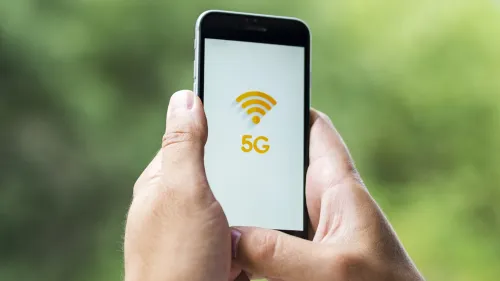
What’s next after Malaysia’s private 5G deployment?
Industry experts predict digital transformation in Southeast Asia
The deployment of the first 5G private network in Malaysia will pave the way for the adoption of the technology among large enterprises across the Southeast Asian region in the coming years, BMI Industry Research said.
In a note published by BMI, it said that the first steps being made by a large and economically important company such as the Malaysia state energy firm Petronas is crucial in encouraging both public and private enterprises to follow.
Petronas recently launched the country’s first 5G private network for enterprise use which is expected to optimise internal operations and induce change in the local telco industry.
“We believe that if more enterprises were to deploy private 5G networks, this would make the planned second state-owned 5G platform more commercially viable than it would otherwise be and provide the government with a direct pipeline to all industries looking to leverage 5G for their technological transformations,” BMI said.
In BMI’s view, the digital transformation in Malaysia will pivot around collaborations between enterprises and licensed mobile network operators as spectrum is currently tied to the individual operators (3G/4G) and the state-owned 5G platform (DNB).
However, the research firm noted that 5G is only one of many wireless connectivity options available to enterprises, and alternatives such as WiFi6, WiFi7, and low-power wide area networks (LP-WAN) are also viable solutions for various applications.
“These can be used in tandem with 5G or as standalone platforms in different parts of the business. This opens up the sector to specialised solutions providers rather than making an enterprise dependent on the existing public mobile network operators,” it added.
Robust 5G uptake anticipated
According to BMI, Private 5G will support the advancement of automation and control, increasing operational efficiencies through applications such as remote logistics and fleet management, enhanced safety and location-specific workflows for workers, and the use of low-latency critical infrastructure through smart sensors, among others.
BMI predicts that enterprises in various industries including agribusiness, infrastructure, healthcare provision, manufacturing, logistics, heavy industries, and education will be looking to adopt wireless technologies to support their evolution in the coming years.“
A successful deployment by Petronas could well stimulate demand across these sectors, particularly if the government actively encourages and supports its use,” the research firm said













